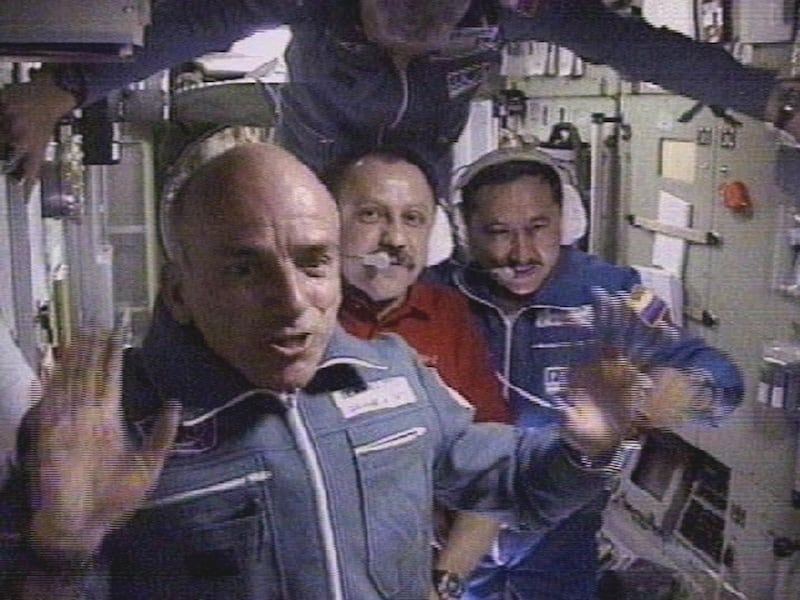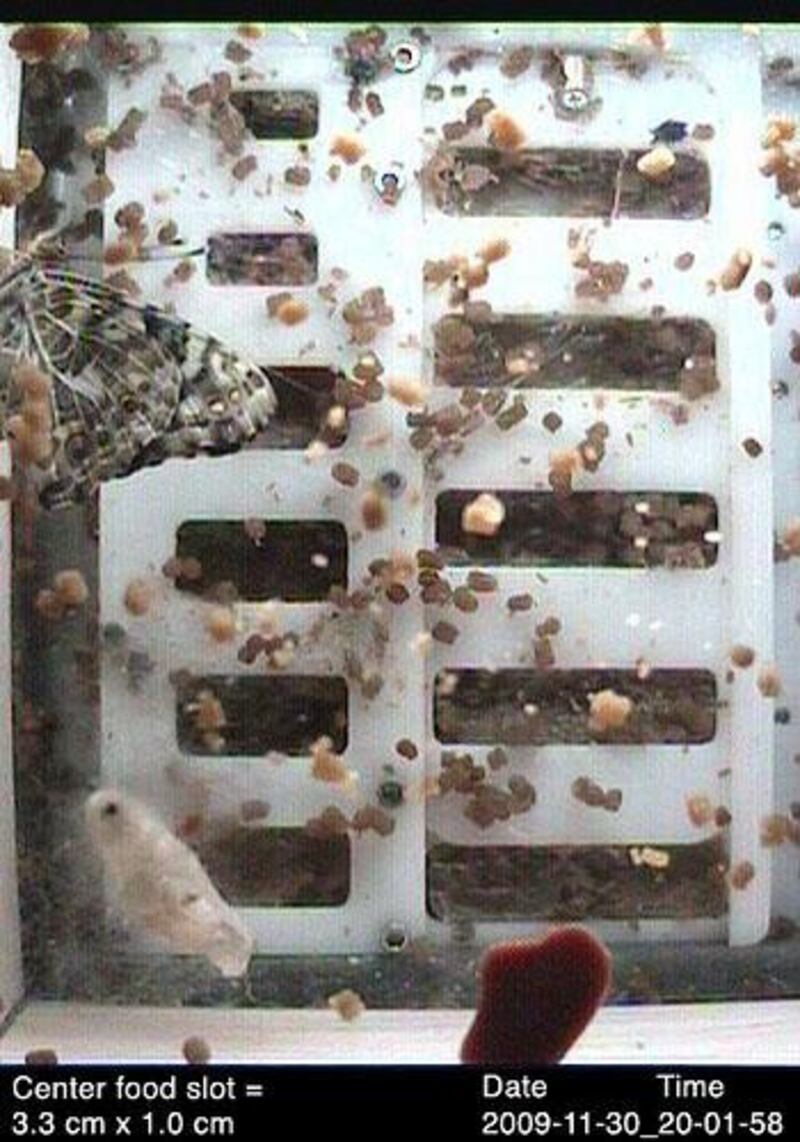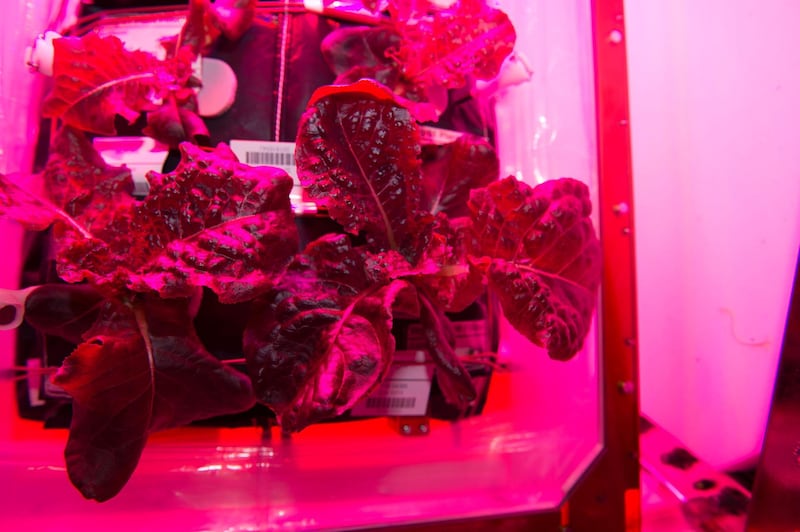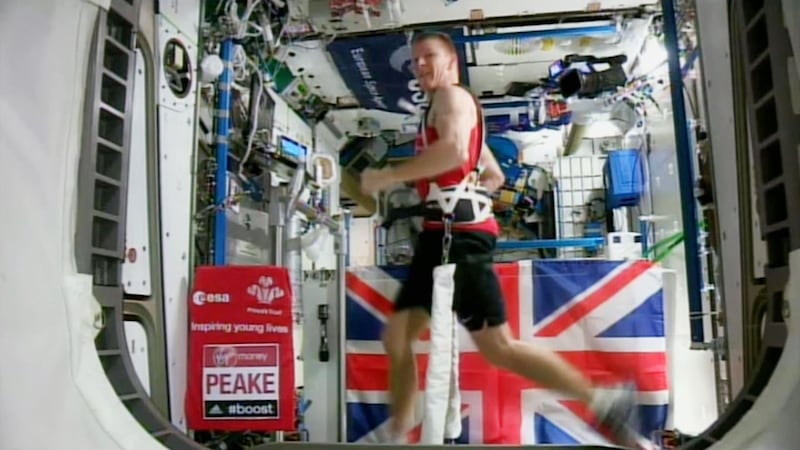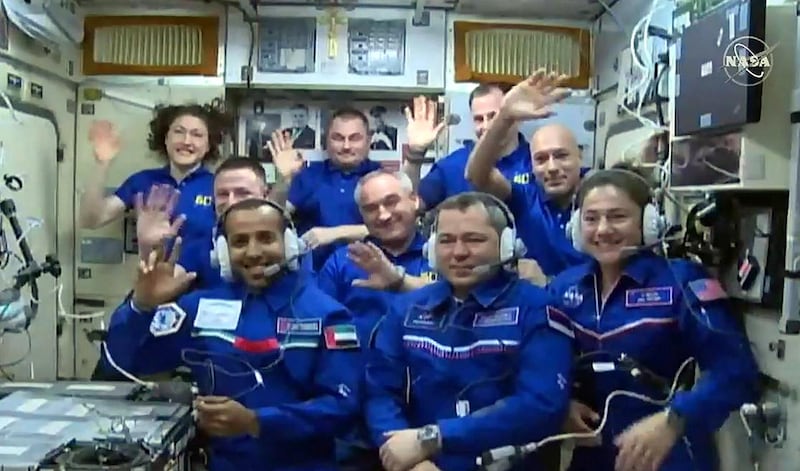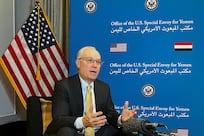New astronauts who go on long-duration space missions experience serious alterations to their brains, a new study has found.
The research has shown that the perivascular space, the space around blood vessels in the brain, increases after a long-term mission in space.
Enlargement of these fluid-filled spaces usually occurs in ageing, and has also been associated with the development of dementia and Parkinson's disease.
Perivascular spaces play an important role in brain health and help cleanse the brain during sleep. They are part of the glymphatic system, a brain-wide network that clears proteins associated with neuro degeneration so they do not build up in the brain.
The study, published in Nature journal, was carried out by Oregon Health and Science University and scientists across the US.
US pavilion at Expo 2020 Dubai receives a visit from a space traveller
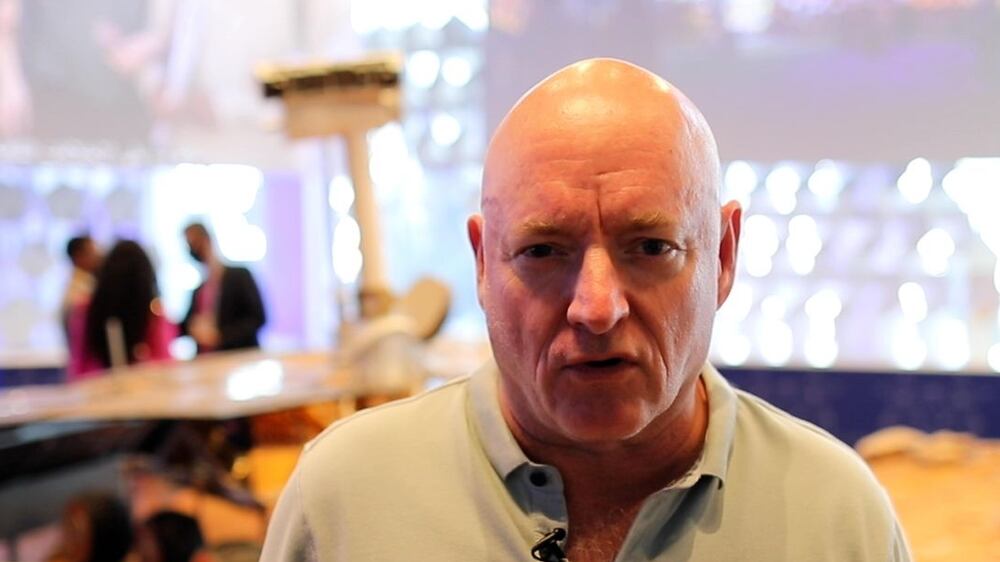
“These findings have important implications as we continue space exploration,” said Juan Piantino, senior author of the study.
“It also forces you to think about some basic fundamental questions of science and how life evolved here on Earth.”
There have been a number of studies in the past looking at how space flight affects the human body, but this is first time this specific area of the brain has been studied.
Researchers believe the findings could help in diagnosing and treating disorders that people face on Earth, such as hydrocephalus, which involves a build-up of fluid in the cavities deep within the brain. However, more research is needed.
“These findings not only help to understand fundamental changes that happen during space flight, but also for people on Earth who suffer from diseases that affect circulation of cerebrospinal fluid,” said Mr Piantino.
The research involved 15 astronauts whose brains were imaged before and after long-duration missions on the International Space Station.
Images were taken before the launch and immediately after their return. MRI measurements were taken again one, three and six months after their return. The results were compared with the brains of 16 controlled subjects on Earth.
It was found that new astronauts experienced an enlargement of the perivascular space, but no difference was seen among astronauts who had previously served aboard the space station orbiting Earth.
“Experienced astronauts may have reached some kind of homeostasis [stability],” said Mr Piantino.
The study did not say whether the spaces go back to their regular size after a while, neither did it say what was found in the MRI scans that they did months after the astronauts returned. More research is now needed to understand how to harness this knowledge.
Scientists have been using the space station to study how microgravity affects human physiology and psychology since it became operational in 2000.
Other known effects of space on an astronaut’s body include loss of muscle mass and strength at an accelerated rate compared with people on Earth. This is why astronauts are required to exercise for about 2.5 hours daily while on the station.
One of the most extensive research projects was carried out when Nasa astronaut Scott Kelly lived on the floating laboratory for a year, while his twin Mark stayed on Earth.
It was discovered that Mr Kelly’s telomeres — the “caps” that protect chromosomes from damage — had grown longer while in space and rapidly shrunk once he returned to Earth, to become shorter when he departed for the mission.
Telomeres shorten as people age, while unusually longer telomeres can be associated with cancer.
